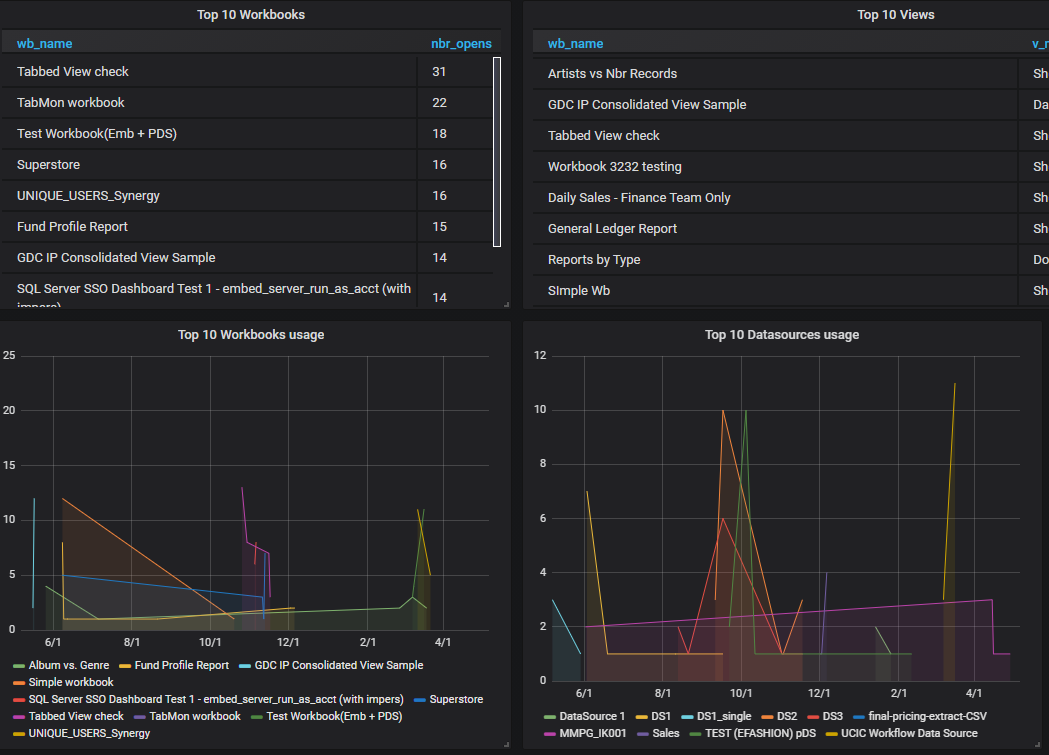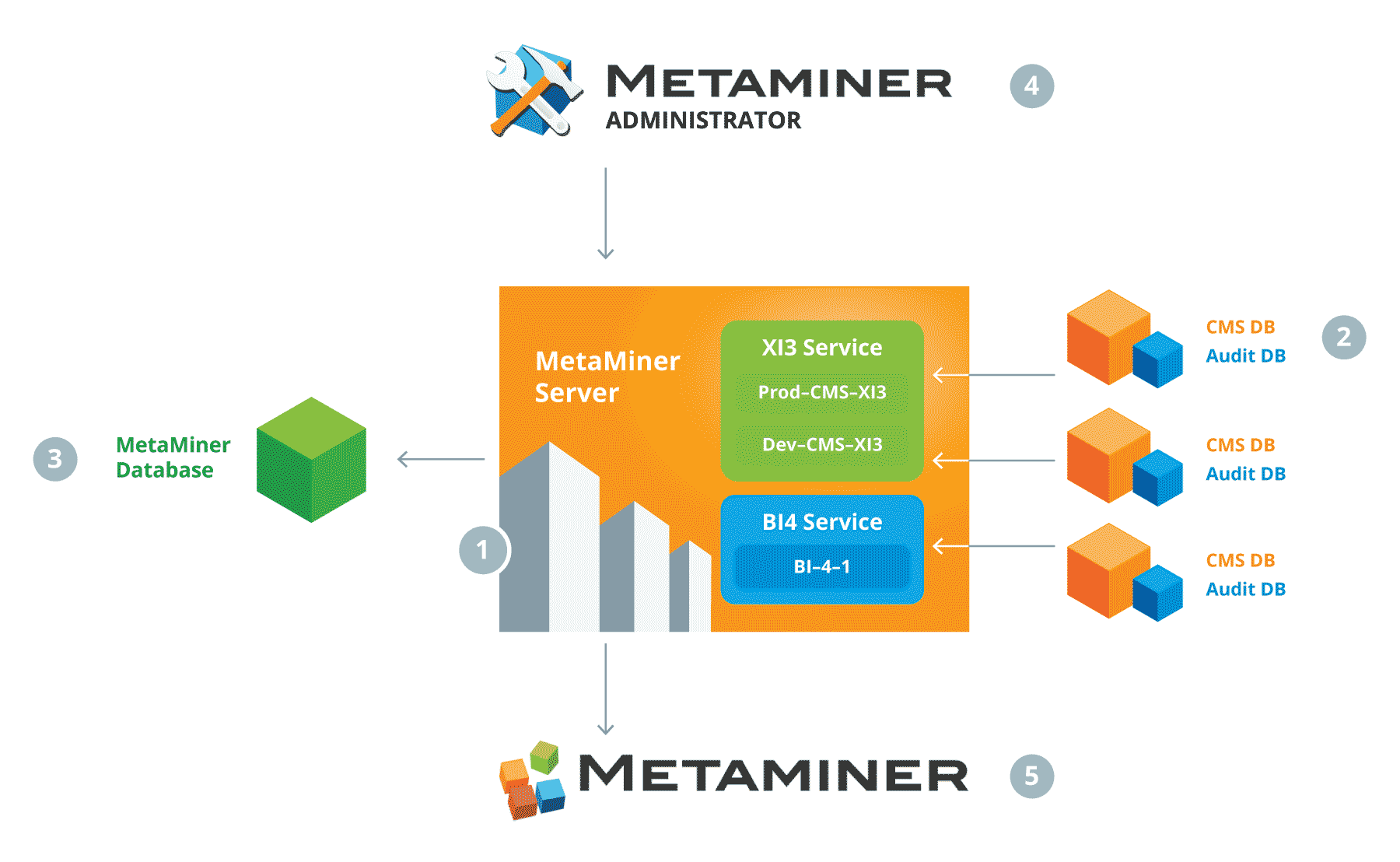Tableau BI Adoption & Usage
Tableau BI vs Power VI: Which Is the Best Dataviz Software in 2021
When considering a data analytics platform software solutions, many companies question whether they need Microsoft Power BI (Business Intelligence) or Tableau BI. The answer lies in what capabilities they need and their budget.
If they need basic capabilities for a company with small- or medium amounts of data, Microsoft Power BI offers a fine solution. It is user-friendly and can handle small to midscale analysis while also being cheaper than Tableau BI.
For sophisticated BI professionals conducting an in-depth analysis of enterprise-level data, Tableau BI is the only way to go. It handles large numbers of data ports simultaneously and instantly aggregates the data, allowing the largest organizations to have high-altitude viewpoints and granular drill-downs.
What Is Tableau BI?
Tableau BI meets the demands of today’s data analytics operations by analyzing company data and creating visualization tools that make reports easy to understand, insightful, and impactful. Managers can use Tableau to convert raw data into a helpful format even if they have limited technical skills.
For example, with the click of a few buttons, businesspeople can analyze data sets across departments or the entire company. The software creates visual displays directly on Tableau users' dashboards and worksheets.
Because of its ease of use, Tableau has become one of the most widely adopted data visualization tools, serving all industries.
For instance, a finance company’s marketing department can instantly aggregate data on prospective customers, such as credit scores, default histories, and income levels. Marketing analysts can then compare and contrast this information against the account profitability of customers with similar credit profiles to define a target market. They can then refine the list by eliminating target customers with profiles indicating an unacceptable risk of default.
Tableau BI also offers excellent customer support, and clients have access to an extensive community forum with portals for open discussions.
Features of Tableau BI
The essential features of Tableau BI include the following:
Data blending
No technical or coding skills needed
Real-time analytics
Data collaboration
Data notifications
DAX analysis function
Dashboards with toggle view and drag-and-drop
User-friendly filter and data sorting capabilities
Shared and Embedded tableau dashboard(s)
Mobile device connectivity
Queries quickly converted into digital displays
What Is Microsoft Power BI?
The Microsoft Power BI program provides power BI users with business intelligence through interactive visualization. It utilizes Azure, SQL, and Excel to build data visualizations at a lower cost versus Tableau BI.
Power BI is a good cost-friendly option for MSBs and startups that need data analytics but have yet to acquire the capital required for more advanced programs like Tableau BI.
Features of Microsoft Power BI
Here are essential features of Power BI:
Customizable dashboards
Q&A box
Help buttons
Ad-Hoc reporting and analysis
Online Analytical Processing
Trend indicators
Complete reporting tools
Data visualization tools
Real-time dashboards
Self-embedded Azure service
Sharing and collaboration capabilities for dashboards
How Are Tableau BI and Microsoft Power BI Similar?
As business intelligence tools, Tableau and Microsoft Power BI have many similarities. Both provide rapid data analytics capable of aggregating information taken from various company silos. Each offers visualization of the requested data in user-friendly reports.
Either product also offers a choice between desktop and cloud versions. Both also come with security features that allow administrators to grant various levels of access through permissions.
Key Differences Between Tableau BI and Microsoft Power BI
Though each software offers effective data analytics capabilities, Tableau BI is the heavy hitter. It provides advanced capabilities essential for enterprise businesses to compete in national and world markets on the data analytics level.
Power BI handles limited data suitable for smaller operations. Tableau BI manages the massive volume of enterprise data. Power BI also connects only with a few data sources at a time, while Tableau integrates with many data sources simultaneously, allowing for more rapid and comprehensive results.
Tableau BI is the engine of choice for analytics pros who drive big data. It allows them to aggregate vast amounts of data from all company silos and discover the insights hidden in these disparate streams. While Microsoft Power BI is a solid beginner’s program for smaller organizations, Tableau BI is the state-of-the-art data analytics tool for enterprise-level businesses.
Infolytik solutions deliver actionable, real-time insights about your BI landscape that massively accelerate time-to-analysis for everyone in your BI program.
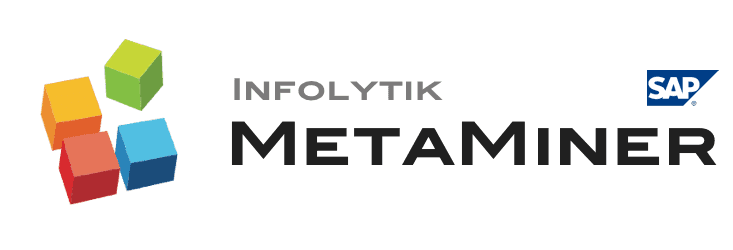
Comprehensive SAP BusinessObjects platform administration, analysis and workflow to run your Business Intelligence program quicker, safer and with better outcomes.
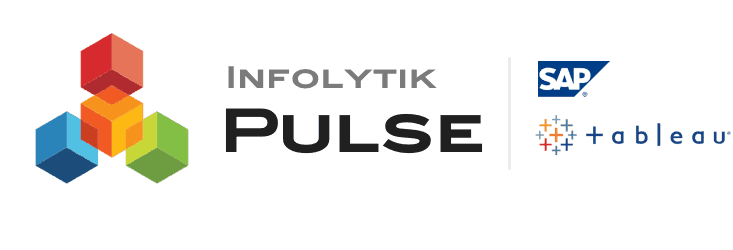
Real-time monitoring of both application and hardware-level events specifically built for Business Intelligence workflows to guarantee strict SLAs of your analytics program.
UPCOMING WEBINAR

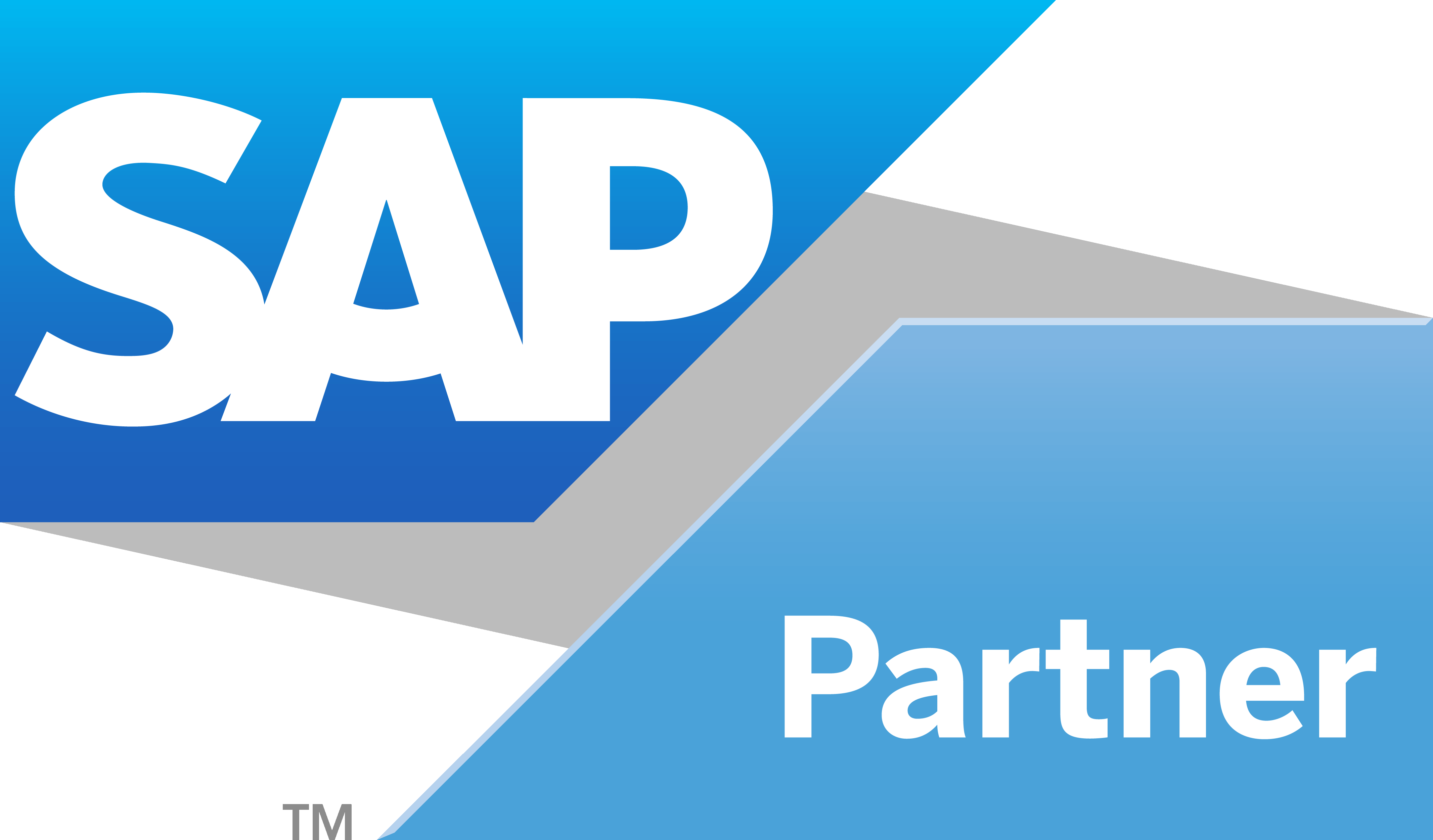
Copyright © 2017 Infolytik. All rights reserved. Terms & Conditions · Privacy Policy

